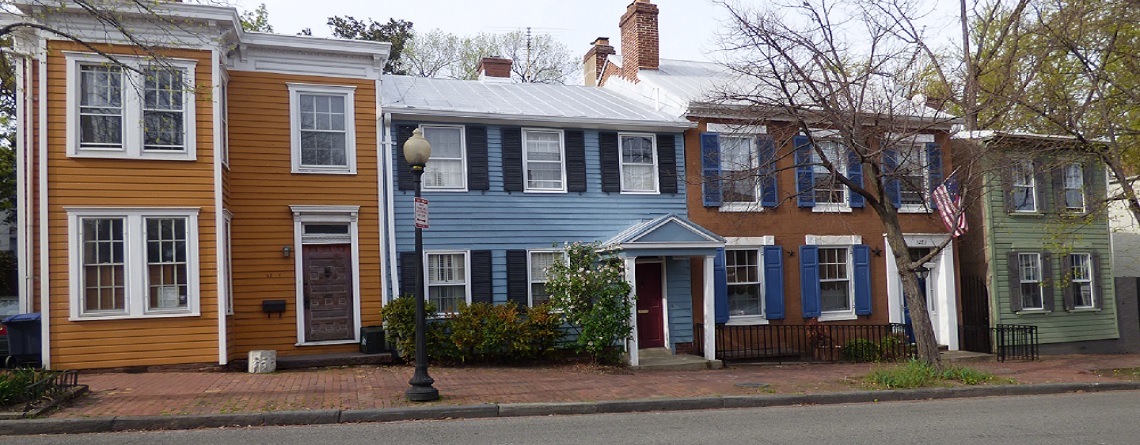 The Federal National Mortgage Association (“Fannie Mae” or “FNMA”) is a government-sponsored enterprise that along with Freddie Mac is the largest holder of residential mortgages in the United States. Increasingly, Fannie Mae is asking to see reserve studies for homeowner associations (HOA’s) and condominiums. Their reason for asking for this analysis of the community’s reserves is to make sure a new buyer does not have a large special assessment looming in the near future that would be hard to afford and therefore create more risk to the mortgage holder. With this being the case, Fannie Mae has some requirements for the reserves in these communities that have to be met in order to loan money.
The Federal National Mortgage Association (“Fannie Mae” or “FNMA”) is a government-sponsored enterprise that along with Freddie Mac is the largest holder of residential mortgages in the United States. Increasingly, Fannie Mae is asking to see reserve studies for homeowner associations (HOA’s) and condominiums. Their reason for asking for this analysis of the community’s reserves is to make sure a new buyer does not have a large special assessment looming in the near future that would be hard to afford and therefore create more risk to the mortgage holder. With this being the case, Fannie Mae has some requirements for the reserves in these communities that have to be met in order to loan money.
Requirements of Reserve Funds Needed
For community associations, lender’s must make sure the budget provides for the funding of replacement reserves (things like roofing, painting, paving, etc) for capital expenditures and deferred maintenance that is at least 10% of the budget OR a lender can use a reserve study instead of the 10% threshold with the following conditions:
- the lender obtains a copy of an acceptable reserve study and retains the study and the lender’s analysis of the study in the project approval file,
- the study demonstrates that the project has adequate funded reserves that provide financial protection for the project equivalent to Fannie Mae’s standard reserve requirements,
- the study demonstrates that the project’s funded reserves meet or exceed the recommendations included in the reserve study, and
- the study meets Fannie Mae’s requirements for replacement reserve studies
Requirements of Reserve Study Professionals
If the lender needs a reserve study to be completed, they must meet the following requirements on who can perform the reserve study:
- a reserve study professional with reserve study credentials
- a construction engineer
- a certified public accountant who specializes in reserve studies
- any professional with demonstrated knowledge of and experience in completing reserve studies.
Requirements of Reserve Studies
Once the reserve study professional has been hired, their report must have the following items:
- all major components and elements of the project’s common areas for which repair, maintenance, or replacement is expected;
- the condition and remaining useful life of each major component;
- an estimate of the cost of repair, replacement, restoration, or maintenance of major components;
- an estimate of the total annual contributions required to defray costs (minus the existing reserves funded for this purpose), including inflation;
- an analysis of existing funded reserves; and
- a suggested reserve funding plan.
- The reserve study must meet or exceed state statutes regarding reserve funding (states have varying laws about funding reserve
The Fannie Mae loan guidelines are constantly changing and evolving, so it is a good idea to check their website periodically to see if there have been any changes that relate to reserve funding requirements.